Why Use A Render Spray Machine?
Table of contents
Technology has brought the process of rendering a long way; render spray machines cover entire walls in a matter of minutes. The skills required are very much on par with the skills required for applying render the old fashioned way. But what is the old fashioned way?
History of rendering
Rendering as a form of house plastering is thousands of years old. Evidence points to the practice being present throughout antiquity, even to the Pre-Roman days. The Roman form of rendering is remarkably similar to the modern form. Romans mixed lime, sand, gypsum, and marble dust, forming a mixture subsequently applied to walls. As a result, the surface was smooth and ideal for decorative frescos and paintings. In medieval Europe, a mixture of sand, clay, and straw coated external walls to provide a weather-resistant envelope. Even Leonardo da Vinci plastered the walls of the Sistine Chapel in a base relief, which gives the walls a 3D effect. The smooth finish provided the perfect base for the painting of his Renaissance masterpieces.
In the 19th century, the Industrial Revolution brought advances in building technology, including the production of Portland cement, which revolutionized the render industry. This allowed for the creation of stronger, more durable render that could withstand the harsh weather conditions of industrial cities.
So where does that place rendering today? And how did we get to the stage of developing render spray machines?
Rendering without spray machines
Rendering refers to the application of some form of cement-based substance to an external or internal wall. The objective can vary, but the aim is usually to provide a smooth surface. However, some renders will provide a textured finish, and many come in different grain sizes. The rendering process uses any of the following types of render:
- Silicone Render – Polymer modified and comes readily used. The silicone particles in this render give it greater flexibility and resistance to heat. EWI Pro’s Silicone Render range is hydrophobic and breathable, which means it is the ideal topcoat for any external wall insulation system.
- Monocouche Scratch Render – Cement-based render renowned for its natural stone-like appearance. The Monocouche Scratch Render in EWI Pro’s range offers increased flexibility and water-repellence whilst retaining the low-maintenance exterior.
- Cement Render – More of an overarching category encompassing most renders composed of sand, water, and additives. The additives distinguish the renders, giving them other benefits.
- Acrylic Render – Acrylic particles provide extra resistance to mechanical impact. EWI Pro’s Acrylic Render is also water-repelling and frost-resistant, and offers excellent performance at an agreeable price point.
- Lime Render – Lime render tends to be particularly useful for repairs and retrofits of older, traditionally built stone buildings.
- Mineral Render – A quick-drying render, designed to be sealed with Silicone Paint to provide the same weatherproof benefits that Silicone Renders do.
The process
The process of applying render the old fashioned way as opposed to with a render spray machine varies on the type of render. Silicone Renders are sometimes referred to as thin-coat renders, and they only require one pass. Monocouche Renders require two passes (despite the name, French in origin, which describes the product as one pass). The traditional method relies on the skill of the applicator, and the tools used most often are a hawk and trowel.
- Silicone Render application – EWI Pro Silicone Render is ready-to-use and does not require water. The product should be mixed with a paddle mixer prior to application, and the surface should be cleaned prior to application. A trowel is used for the initial application of the render, to the same depth as the grain size the render comes in. However, Silicone Render must be applied on top of a basecoat layer, not directly onto a wall or insulation board. Rubbing the render with a plastic float achieves the desired texture.
- Monocouche Render application – Apply render to the primed surface in two passes. Apply the first pass with a stainless steel trowel or spray pump at a thickness of 10mm and embed fibreglass mesh in the first pass. Then, apply the second pass to a thickness of 8-9mm, then scratch it back to 2-3mm to give the completed finish. The total depth will be between 15-17mm. Drying time varies depending on weather conditions.
Rendering with a spray machine
A render spray machine has the capability to process and apply a large amount of render in a small amount of time. The machine, depending on the size and type, can handle pre-mixed materials, or even mix them inside the machine. Smaller machines would tend to require any material to be pre-mixed and then poured into the hopper before being dispensed.
As with trowel rendering, the surface needs to be clean and dust free. Once the nozzle and hose are adjusted, the operative should work consistently and in a snaking pattern. This will blend the render. Firstly, open the spray gun nozzle into a bucket; there will be an initial burst of air that you do not want on the wall, then transfer the gun onto the wall. As a result, the coverage will be consistent. Following the application of the render, you should use a trowel or a speed-skim to even out the surface. If the material you are applying is an adhesive, a notched speed-skim will create the required surface.
The benefits of using a spray machine over trowel rendering
As discussed previously, training is required to operate spray machines. They are complex instruments with several moving parts, and without proper instructions, can cause injury. Not to mention, you could end up with incorrectly mixed products and poor application.
The most obvious benefit of using a render spray machine is the speed at which you can work. Time can often be heavily limited on sites, especially in colder temperatures. A render spray machine can allow you to cover large parts of the wall. The process of operating the machine is also far less taxing than traditional rendering techniques.
The spray machines offered at EWI Store have also been extensively tested for compatibility. Therefore, you can actually apply the adhesive and basecoat layers with the same spray machine. This is the case for almost all of the EWI Store Basecoat range. As aforementioned, some machines are even capable of mixing render internally, which cuts down the time even further.
However, traditional rendering does retain a trump card on the spray rendering process. Spray rendering machines are not as subtle as hand-applied render, therefore any fascia, soffits, and gutters may need to be removed before the render is applied.
EWI Store’s machines
EWI Store stocks two spray machines, offering fantastic flexibility for the customer. The Euromair DropPro 8P is a lightweight grout pump and rendering machine. The unit is a great product for smaller site work and spraying the following products:
- Thin-coat renders
- Plasters
- Lightweight renders
- Basecoats and adhesives
The larger 70L tank version of the Euromair range is the MixPro 28, and can cope with pumping floor screeds, as well as various plasters and renders. The major benefit of this unit is the compactable nature of it; it can be dismantled into four parts and as a result, fits easily into the back of a van. The MixPro28 is also a continuous mixing pump. The hopper can be filled with dry product as the unit has an internal water pump. The water pump, once primed and turned on, flows into the upper chamber, at which point, dry product is added. The machine then proceeds to knead and mix the product to produce a homogenous substance. The consistency can also be regulated with an adjustment hose.
-
Euromair Mixpro 28 – Continuous Mixing Pump
£8,754.00 Incl. VAT£7,295.00 Excl. VAT -
Euromair DropPro 8P – Thin Coat Render Spray Machine Kit
From £5,040.00 Incl. VATFrom £4,200.00 Excl. VAT

Facebook
Twitter
LinkedIn
Your cart
Trade Account Login

We use cookies on our website to give you the most relevant experience by remembering your preferences and repeat visits. By clicking “Accept All”, you consent to the use of ALL the cookies. However, you may visit "Cookie Settings" to provide personalised consent.
Manage consent
Privacy Overview
This website uses cookies to improve your experience while you navigate through the website. Out of these, the cookies that are categorized as necessary are stored on your browser as they are essential for the working of basic functionalities of the website. We also use third-party cookies that help us analyze and understand how you use this website. These cookies will be stored in your browser only with your consent. You also have the option to opt-out of these cookies. But opting out of some of these cookies may affect your browsing experience.
Necessary cookies are absolutely essential for the website to function properly. These cookies ensure basic functionalities and security features of the website, anonymously.
| Cookie | Duration | Description |
|---|---|---|
| __stripe_mid | 1 year | This cookie is set by Stripe payment gateway. This cookie is used to enable payment on the website without storing any patment information on a server. |
| __stripe_sid | 30 minutes | This cookie is set by Stripe payment gateway. This cookie is used to enable payment on the website without storing any patment information on a server. |
| _GRECAPTCHA | 5 months 27 days | This cookie is set by the Google recaptcha service to identify bots to protect the website against malicious spam attacks. |
| apbct_cookies_test | session | CleanTalk sets this cookie to prevent spam on comments and forms and act as a complete anti-spam solution and firewall for the site. |
| apbct_page_hits | session | CleanTalk sets this cookie to prevent spam on comments and forms and act as a complete anti-spam solution and firewall for the site. |
| apbct_prev_referer | session | Functional cookie placed by CleanTalk Spam Protect to store referring IDs and prevent unauthorized spam from being sent from the website. |
| apbct_site_landing_ts | session | CleanTalk sets this cookie to prevent spam on comments and forms and act as a complete anti-spam solution and firewall for the site. |
| apbct_site_referer | 3 days | This cookie is placed by CleanTalk Spam Protect to prevent spam and to store the referrer page address which led the user to the website. |
| apbct_timestamp | session | CleanTalk sets this cookie to prevent spam on comments and forms and act as a complete anti-spam solution and firewall for the site. |
| apbct_urls | 3 days | This cookie is placed by CleanTalk Spam Protect to prevent spam and to store the addresses (urls) visited on the website. |
| AWSALBCORS | 7 days | This cookie is managed by Amazon Web Services and is used for load balancing. |
| cookielawinfo-checkbox-advertisement | 1 year | Set by the GDPR Cookie Consent plugin, this cookie is used to record the user consent for the cookies in the "Advertisement" category . |
| cookielawinfo-checkbox-analytics | 11 months | This cookie is set by GDPR Cookie Consent plugin. The cookie is used to store the user consent for the cookies in the category "Analytics". |
| cookielawinfo-checkbox-functional | 11 months | The cookie is set by GDPR cookie consent to record the user consent for the cookies in the category "Functional". |
| cookielawinfo-checkbox-necessary | 11 months | This cookie is set by GDPR Cookie Consent plugin. The cookies is used to store the user consent for the cookies in the category "Necessary". |
| cookielawinfo-checkbox-others | 11 months | This cookie is set by GDPR Cookie Consent plugin. The cookie is used to store the user consent for the cookies in the category "Other. |
| cookielawinfo-checkbox-performance | 11 months | This cookie is set by GDPR Cookie Consent plugin. The cookie is used to store the user consent for the cookies in the category "Performance". |
| ct_checkjs | session | CleanTalk–Used to prevent spam on our comments and forms and acts as a complete anti-spam solution and firewall for this site. |
| ct_fkp_timestamp | session | CleanTalk sets this cookie to prevent spam on the site's comments/forms, and to act as a complete anti-spam solution and firewall for the site. |
| ct_pointer_data | session | CleanTalk sets this cookie to prevent spam on the site's comments/forms, and to act as a complete anti-spam solution and firewall for the site. |
| ct_ps_timestamp | session | CleanTalk sets this cookie to prevent spam on the site's comments/forms, and to act as a complete anti-spam solution and firewall for the site. |
| ct_sfw_pass_key | 1 month | CleanTalk sets this cookie to prevent spam on comments and forms and act as a complete anti-spam solution and firewall for the site. |
| ct_timezone | session | CleanTalk–Used to prevent spam on our comments and forms and acts as a complete anti-spam solution and firewall for this site. |
| elementor | never | This cookie is used by the website's WordPress theme. It allows the website owner to implement or change the website's content in real-time. |
| viewed_cookie_policy | 11 months | The cookie is set by the GDPR Cookie Consent plugin and is used to store whether or not user has consented to the use of cookies. It does not store any personal data. |
Functional cookies help to perform certain functionalities like sharing the content of the website on social media platforms, collect feedbacks, and other third-party features.
| Cookie | Duration | Description |
|---|---|---|
| __zlcmid | 1 year | This cookie is used by Zendesk live chat and is used to store the live chat ID. |
| bcookie | 2 years | LinkedIn sets this cookie from LinkedIn share buttons and ad tags to recognize browser ID. |
| bscookie | 2 years | LinkedIn sets this cookie to store performed actions on the website. |
| lang | session | LinkedIn sets this cookie to remember a user's language setting. |
| lidc | 1 day | LinkedIn sets the lidc cookie to facilitate data center selection. |
| UserMatchHistory | 1 month | LinkedIn sets this cookie for LinkedIn Ads ID syncing. |
Performance cookies are used to understand and analyze the key performance indexes of the website which helps in delivering a better user experience for the visitors.
| Cookie | Duration | Description |
|---|---|---|
| __utma | 2 years | This cookie is set by Google Analytics and is used to distinguish users and sessions. The cookie is created when the JavaScript library executes and there are no existing __utma cookies. The cookie is updated every time data is sent to Google Analytics. |
| __utmb | 30 minutes | Google Analytics sets this cookie, to determine new sessions/visits. __utmb cookie is created when the JavaScript library executes and there are no existing __utma cookies. It is updated every time data is sent to Google Analytics. |
| __utmc | session | The cookie is set by Google Analytics and is deleted when the user closes the browser. It is used to enable interoperability with urchin.js, which is an older version of Google Analytics and is used in conjunction with the __utmb cookie to determine new sessions/visits. |
| __utmt | 10 minutes | Google Analytics sets this cookie to inhibit request rate. |
| __utmv | 2 years | The __utmv cookie is set on the user's device, to enable Google Analytics to classify the visitor. |
| __utmz | 6 months | Google Analytics sets this cookie to store the traffic source or campaign by which the visitor reached the site. |
| sib_cuid | 6 months | Purechat uses this cookie to send data to purechat.com, to connect visitors to the reservation team and track visitors to stay on portal. |
| SRM_B | 1 year 24 days | Used by Microsoft Advertising as a unique ID for visitors. |
Analytical cookies are used to understand how visitors interact with the website. These cookies help provide information on metrics the number of visitors, bounce rate, traffic source, etc.
| Cookie | Duration | Description |
|---|---|---|
| _ga | 2 years | The _ga cookie, installed by Google Analytics, calculates visitor, session and campaign data and also keeps track of site usage for the site's analytics report. The cookie stores information anonymously and assigns a randomly generated number to recognize unique visitors. |
| _gat_gtag_UA_61069204_2 | 1 minute | Set by Google to distinguish users. |
| _gat_UA-61069204-2 | 1 minute | A variation of the _gat cookie set by Google Analytics and Google Tag Manager to allow website owners to track visitor behaviour and measure site performance. The pattern element in the name contains the unique identity number of the account or website it relates to. |
| _gcl_au | 3 months | Provided by Google Tag Manager to experiment advertisement efficiency of websites using their services. |
| _gid | 1 day | Installed by Google Analytics, _gid cookie stores information on how visitors use a website, while also creating an analytics report of the website's performance. Some of the data that are collected include the number of visitors, their source, and the pages they visit anonymously. |
| _uetsid | 1 day | This cookies are used to collect analytical information about how visitors use the website. This information is used to compile report and improve site. |
| CONSENT | 2 years | YouTube sets this cookie via embedded youtube-videos and registers anonymous statistical data. |
Advertisement cookies are used to provide visitors with relevant ads and marketing campaigns. These cookies track visitors across websites and collect information to provide customized ads.
| Cookie | Duration | Description |
|---|---|---|
| _fbp | 3 months | This cookie is set by Facebook to display advertisements when either on Facebook or on a digital platform powered by Facebook advertising, after visiting the website. |
| ANONCHK | 10 minutes | The ANONCHK cookie, set by Bing, is used to store a user's session ID and also verify the clicks from ads on the Bing search engine. The cookie helps in reporting and personalization as well. |
| fr | 3 months | Facebook sets this cookie to show relevant advertisements to users by tracking user behaviour across the web, on sites that have Facebook pixel or Facebook social plugin. |
| MUID | 1 year 24 days | Bing sets this cookie to recognize unique web browsers visiting Microsoft sites. This cookie is used for advertising, site analytics, and other operations. |
| NID | 6 months | NID cookie, set by Google, is used for advertising purposes; to limit the number of times the user sees an ad, to mute unwanted ads, and to measure the effectiveness of ads. |
| test_cookie | 15 minutes | The test_cookie is set by doubleclick.net and is used to determine if the user's browser supports cookies. |
| uuid | 6 months | MediaMath sets this cookie to avoid the same ads from being shown repeatedly and for relevant advertising. |
| VISITOR_INFO1_LIVE | 5 months 27 days | A cookie set by YouTube to measure bandwidth that determines whether the user gets the new or old player interface. |
| YSC | session | YSC cookie is set by Youtube and is used to track the views of embedded videos on Youtube pages. |
| yt-remote-connected-devices | never | YouTube sets this cookie to store the video preferences of the user using embedded YouTube video. |
| yt-remote-device-id | never | YouTube sets this cookie to store the video preferences of the user using embedded YouTube video. |
| yt.innertube::nextId | never | This cookie, set by YouTube, registers a unique ID to store data on what videos from YouTube the user has seen. |
| yt.innertube::requests | never | This cookie, set by YouTube, registers a unique ID to store data on what videos from YouTube the user has seen. |
Other uncategorized cookies are those that are being analyzed and have not been classified into a category as yet.
| Cookie | Duration | Description |
|---|---|---|
| _clck | 1 year | No description |
| _clsk | 1 day | No description |
| _uetvid | 1 year 24 days | No description available. |
| AnalyticsSyncHistory | 1 month | No description |
| apbct_pixel_url | session | No description |
| apbct_visible_fields_0 | session | No description |
| apbct_visible_fields_1 | session | No description |
| apbct_visible_fields_10 | session | No description |
| apbct_visible_fields_2 | session | No description |
| apbct_visible_fields_3 | session | No description |
| apbct_visible_fields_4 | session | No description |
| apbct_visible_fields_5 | session | No description |
| apbct_visible_fields_6 | session | No description |
| apbct_visible_fields_7 | session | No description |
| apbct_visible_fields_8 | session | No description |
| apbct_visible_fields_9 | session | No description |
| ct_checked_emails | session | No description |
| ct_has_scrolled | session | No description |
| ct_mouse_moved | session | No description |
| ct_screen_info | session | No description |
| ictf_master | never | No description available. |
| li_gc | 2 years | No description |
| m | 2 years | No description available. |
| SM | session | No description available. |
| testinfinitycookie | session | No description |
| woocommerce_show_tax | 7 days | No description available. |
| wp_woocommerce_session_c5ac76b408021294cb56bcc27eddf8a1 | 2 days | No description |


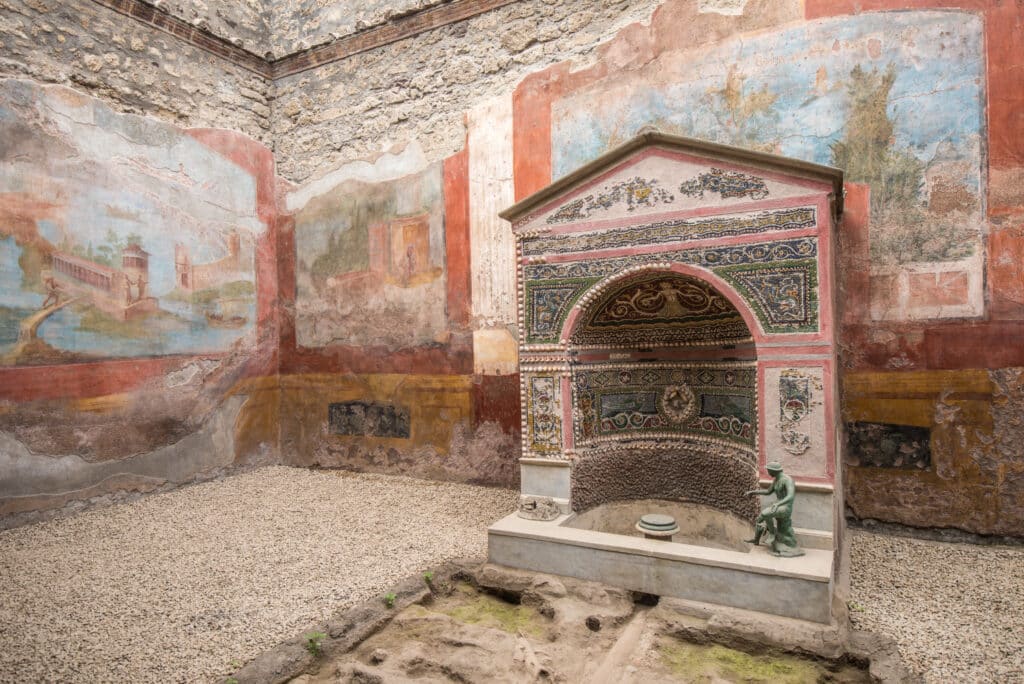


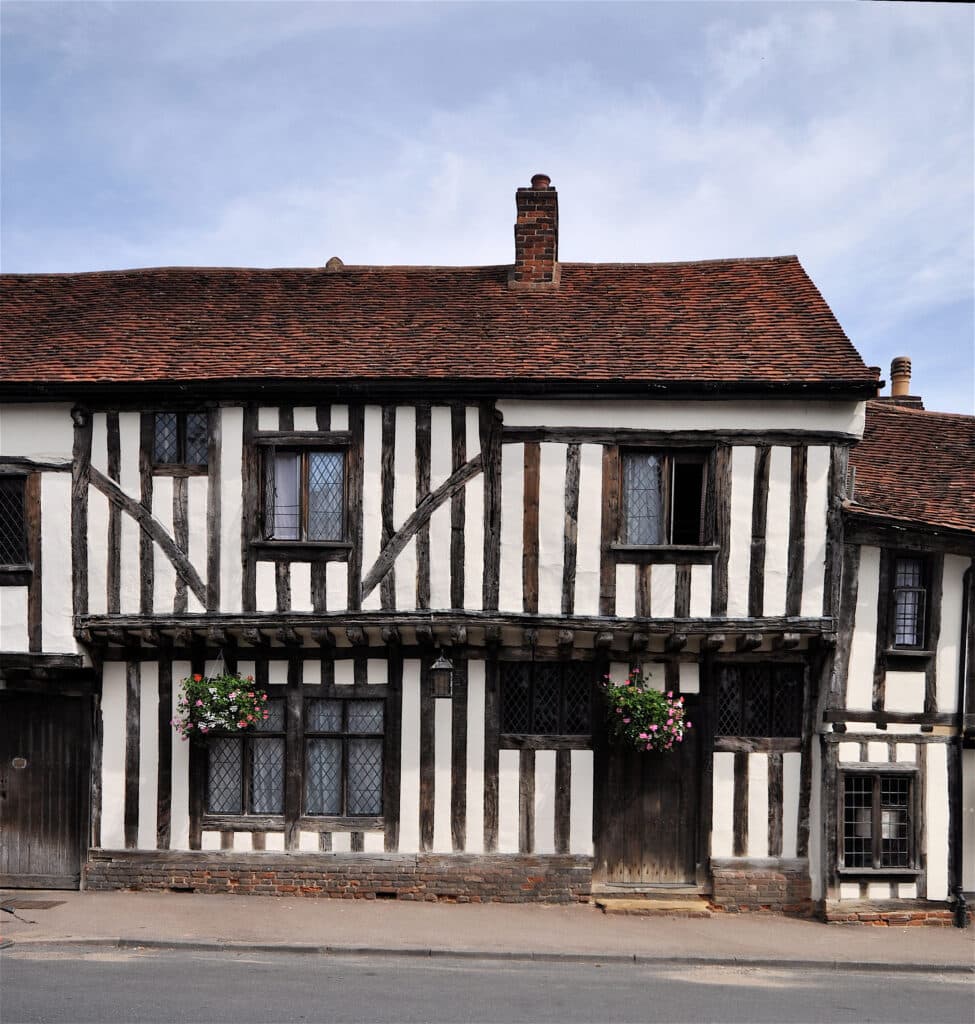
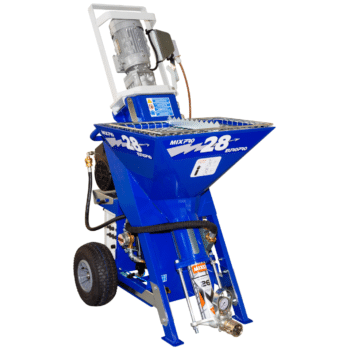

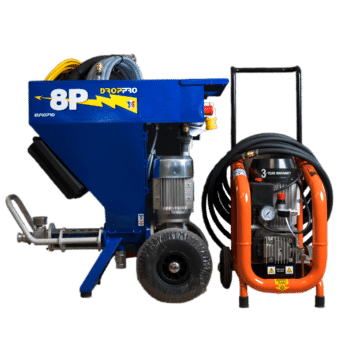
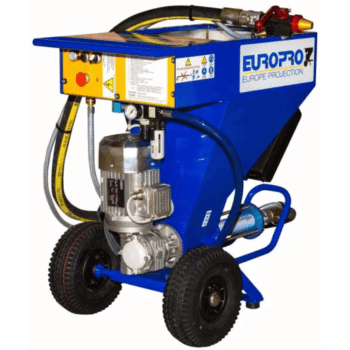
2 thoughts on “Why Use A Render Spray Machine?”
Do you run any training for spray machines?
Hi Tyler, we do run demo days and sessions in our Training Academy; they are in partnership with EWI Pro.